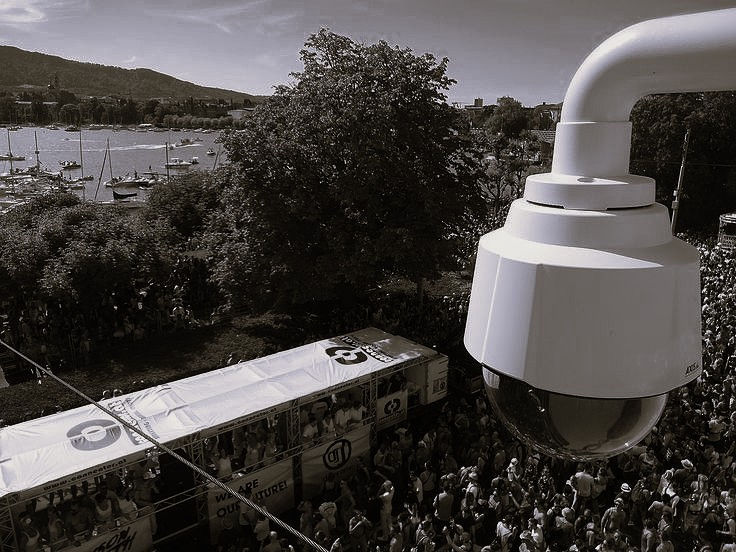Traveling Safely: How Secure Transportation and Protection Work Together
- PPSGroup
- Oct 28
- 3 min read
Travel may seem straightforward - enter a vehicle, reach your destination. But for business executives, diplomats, and other high-profile individuals in Saudi Arabia, travel represents one of the most vulnerable phases of daily life. Between secure environments like offices, residences, and event venues, exposure increases dramatically.

That’s why secure transportation and personal protection must operate as one unified system. In today’s high-risk environments, professional planning, trained drivers, and coordinated security protocols are essential to ensuring safe, seamless journeys.
Why Protection and Transportation Must Work Together
While homes and workplaces are often fortified with layered security, transit creates an unavoidable gap in protection. Executive protection specialists recognise that vulnerability begins the moment the client steps outside and continues until they arrive safely at their next location.
To close that gap, secure transportation integrates with personal protection teams. Security-trained drivers and protective agents operate in sync, sharing information, assessing surroundings, and responding to emerging risks in real time.
In Saudi Arabia, where business travel between cities like Riyadh, Jeddah, and Dammam is frequent, this combined approach has become indispensable. The country’s expanding infrastructure and busy road networks demand both precision and preparedness.
Key Elements of Secure Transportation
Truly secure transportation relies on several coordinated components designed to anticipate and neutralise potential risks:
1. Vehicle Standards and Maintenance
Security begins with the vehicle itself. Regular mechanical inspections, reinforced structures, and safety enhancements - such as run-flat tires and communication systems - ensure reliability in critical moments.
2. Route Planning and Intelligence
Each journey starts with thorough planning. Security teams evaluate routes in advance, identifying potential choke points, traffic patterns, and alternative paths in case of disruption.
The objective is to avoid predictable routines and maintain flexibility at all times.
3. Professional Security Drivers
A professional security driver is far more than a chauffeur. Trained in defensive and evasive driving techniques, they possess the ability to react under pressure while maintaining composure and control. Their skills include:
Threat recognition and avoidance
Emergency escape route execution
Counter-surveillance awareness
Communication coordination with protection teams
4. Continuous Communication
Modern secure vehicles are equipped with advanced communication and tracking systems that connect drivers directly with command centres and protective personnel. This ensures rapid support if conditions change or threats emerge unexpectedly.
The Role of Professional Security Drivers
The mindset of a security driver differs fundamentally from that of a conventional driver. Their primary objective is not comfort or convenience; it is safety. Every decision they make, from vehicle positioning to reaction timing, prioritises risk mitigation.
Professional security drivers:
Maintain tactical awareness at all times
Avoid predictable routes and parking patterns
Ensure safe following distances and exit strategies
Anticipate potential ambush points or hazards
While many of these skills remain unseen during a normal journey, they form the backbone of effective protective transportation operations.
Planning Before Every Journey
Successful secure transportation depends on meticulous preparation. Before departure, security teams conduct detailed briefings that include:
Route analysis: Evaluating risk levels along the planned path.
Environmental factors: Considering weather conditions such as sandstorms or heavy rain that may affect visibility and safety.
Timing coordination: Aligning movements with broader protection plans, including venue security and arrival schedules.
Threat assessments: Reviewing current alerts or intelligence reports relevant to the journey.
Every journey is unique - and so is the security plan behind it.
Making the Right Choice
Selecting a reliable secure transportation provider requires careful due diligence. Look for firms with:
Verified experience in executive protection and risk management
Proper licensing and Ministry of Interior certifications
Trained and vetted drivers with advanced security qualifications
A modern, well-maintained vehicle fleet equipped with safety technology
The right partnership ensures safety, professionalism, and discretion at every stage of travel.
Conclusion
In an era where mobility often introduces the greatest exposure to risk, secure transportation is no longer a luxury; it is a necessity. By combining professional protection, strategic planning, and trained personnel, executives and high-profile individuals in Saudi Arabia can travel confidently, knowing that their safety is never left to chance.
The investment in secure transportation is an investment in continuity, peace of mind, and control - ensuring every journey begins and ends safely.





Comments